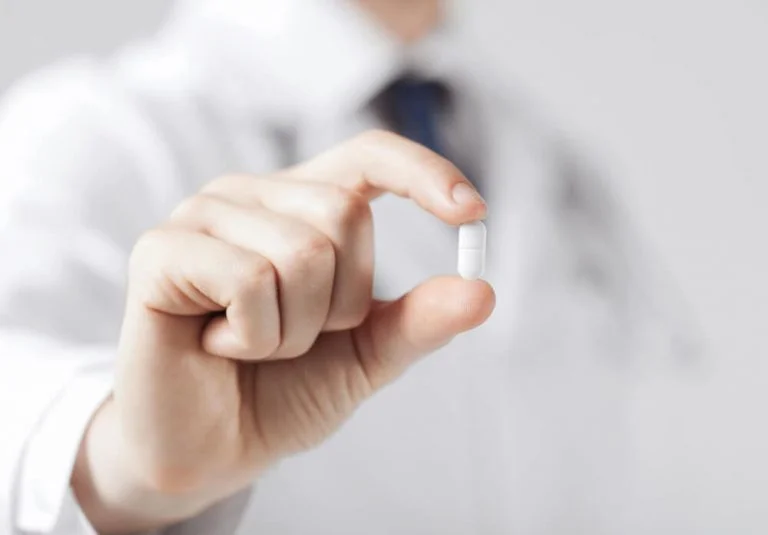Stages of Opiate Detox
According to the National Institute on Drug Abuse (NIDA), up to thirty-six million humans around the world abuse opiates. Have you descended down the rabbit hole? Is it time for rehab? Learn about the stages of opiate detox and call Better Addiction Care for further information on getting yourself into a treatment program. They can assist with your search for facilities

Learning the stages of opiate detox can help you gain a better understanding of addiction and knowing when it’s time to seek treatment
Opioids are normally prescribed by medical professionals to help treat chronic pain. Once a patient takes these drugs heavily for a few weeks and try to cut back, they will experience withdrawal symptoms. Sometimes, a person becomes addicted and then switches to heroin because it is cheaper and provides a similar high.
Some narcotic pain relievers include:
- Oxycodone (Percocoet/Oxycontin)
- Methadone
- Morphine
- Heroin
- Hydrocodone (Vicodin)
- Meperidine (Demerol)
- Codeine
- Hydrocodone (Vicodin)
- Hydromorphone (Dilaudid)
Stages of Opiate Detox and Opiate Withdrawal Symptoms Timeline
There are three stages of opiate detox. The opiate withdrawal symptoms timeline is as follows.
- Stage one. Six to twelve hours after the last dose, acute withdrawal sets in. Symptoms you may experience during this period include diarrhea, nausea, depression, insomnia, vomiting, and cramping, fever, and runny nose.
- Stage two. This stage typically lasts around two weeks or so. During this time, the body is trying its hardest to rebalance endorphin levels – since endorphins were depleted during opiate abuse. Symptoms include chills, leg cramping, goosebumps, dilated pupils.
- Stage three. Although this stage is the least severe, it is the longest. Symptoms tend to be more of a psychological nature and include insomnia, anxiety, and restlessness.
The stages of opiate detox could be less severe if one tries to include thirty to sixty minutes of exercise per day. One must also be sure to sleep as much as possible, eat healthy food, and hydrate. It is important to keep in mind that opiate withdrawal duration varies by the individual. The good news is that while the withdrawal process may seem daunting, it is not typically a life-threatening undertaking.
Medications
There are medications that can help ease a person off of opiates. These methods, however, should be administered by medical professionals so they can keep an eye on you.
- Naltrexone aides in relapse prevention. One may receive the drug in oral form or by injection.
- Methadone eases the intensity of the symptoms of withdrawal from opiates. It is additionally used long-term maintenance for the opiate addict. After some time, the doctor may choose to decrease the dose, little by little, until it is no longer needed. Methadone may, in fact, be required for several years.
- Clonidine eases the following symptoms; agitation, muscle aches, anxiety, running of the nose, cramping, and sweating. Unfortunately, Clonidine does nothing to help with drug cravings. In order to help treat insomnia, diarrhea, and vomiting, one would require additional medications.
- Buprenorphine (Subutex) is a medication which assists in opiate withdrawal. In addition, Subutex may shorten detox duration. As with methadone, Buprenorphine can be utilized for long-term maintenance for those who require it.
Complications
There are possible complications from long-term opiate abuse that are worth motioning. It is possible for aspiration to occur, which is when one vomits and breathes the stomach contents into the lungs. Aspiration can lead to infection of the lungs. Excessive diarrhea and vomit, without proper hydration, can lead to dehydration and electrolyte disturbances.
When one relapses on opiates, they may attempt to use the same amount as they did before detox. When this happens, overdose may occur because the body no longer has the tolerance for it. Side effects such as mental fog, nausea, constipation, and drowsiness – even slowed breathing which may lead to overdose. If someone is exhibiting signs of an overdose, call 9-1-1, immediately. Even if you are unsure, better to be safe than sorry.
Do not struggle with opiate addiction any longer. If you have any questions in regard to the opiate withdrawal duration, call Better Addiction Care at (800) 429-7690. We are available anytime to help you find treatment facilities or answer any questions you have.






